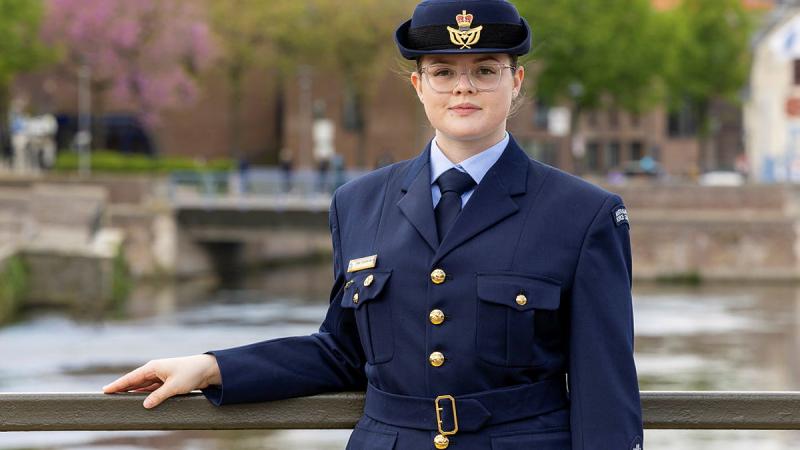New Zealand is the world’s albatross capital, with 17 albatross species found across New Zealand waters and territories, and 11 species of albatross breeding here.
Around the world, many populations of albatross continue to decline, with around 80 percent of albatross species threatened.
DOC is actively involved in albatross research as an important part of their conservation. Most species breed on remote, inaccessible islands, so studying their populations is challenging.
In New Zealand, DOC scientists Kath Walker and Graeme Elliot have been studying albatross for 25 years, witnessing a population crash of Antipodean albatross, likely caused by a combination of fishing related deaths and climate change, which affects where and how far birds go to gather food.
Graeme says World Albatross Day is about recognising these magnificent global voyagers and raising awareness of the conservation crisis they are facing.
“Albatross are ocean adventurers and through our work with Live Ocean and Fisheries New Zealand we have attached transmitters to track the birds to see where they go and where they interact with fishing fleets.”
“This year, we tracked a female who flew to South America from the Antipodes Islands. We were on the island when she came home.”
Albatross spend most of their time at sea on extended ocean feeding journeys, which means they are affected by activities in international waters far from public scrutiny. Their journeys, population dynamics, breeding success and survivorship are the subject for research to understand the wide-ranging factors affecting their populations.
The Antipodean albatross, which have the highest threat status – Nationally Critical, nest on Antipodes Islands, where mice (the only introduced pest) were eradicated in 2016. Mice compete with land birds by preying on invertebrates. There was also concern that the mice might learn or evolve predatory behaviour like they have on Gough Island where albatross chicks are eaten alive by mice.
This year, DOC and Fisheries NZ released the reviewed National Plan of Action on Seabirds – which sets standards and guidelines for the fishing industry with a view to reducing seabird bycatch towards zero. Albatross and other seabirds also face pressure from habitat loss, predation from introduced species and climate change, which affects the abundance and distribution of the fish stocks they rely on for food.
DOC has been working to increase awareness about albatross with a 24-hour live stream of a northern royal albatross nest at Taiaroa Head since 2016. In 2019 we partnered with Cornell Lab of Ornithology to take the birds to a larger global audience. The colony at Pukekura/Taiaroa Head is the only mainland colony of albatross in the southern hemisphere, and the most accessible place for people to visit, see and learn about these seabirds.
The chick on the stream at the moment is 141 days old and has amassed fans from all around the world. Since 2016 there have been 5.2 million worldwide views of the live stream of royal albatross on the DOC website.
Watch the live stream of the royal albatross.
Background information
World Albatross Day was established by a consortium of countries party to the Agreement on the Conservation of Albatrosses and Petrels (ACAP). ACAP members strive to conserve albatrosses and petrels by coordinating international activities to mitigate threats to their populations.







